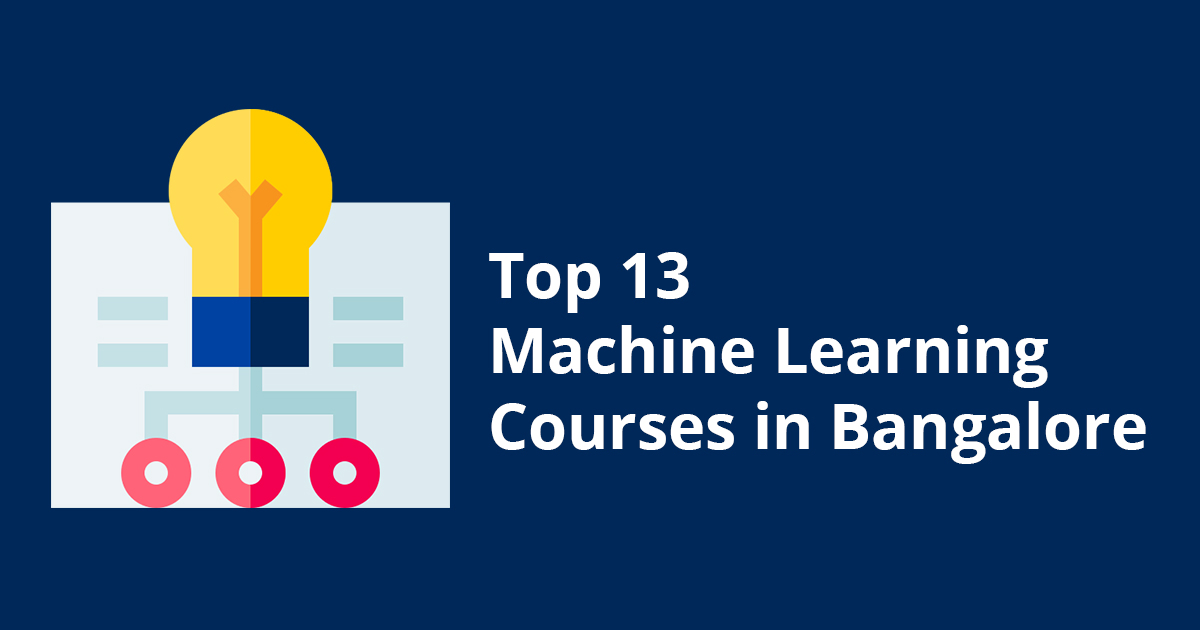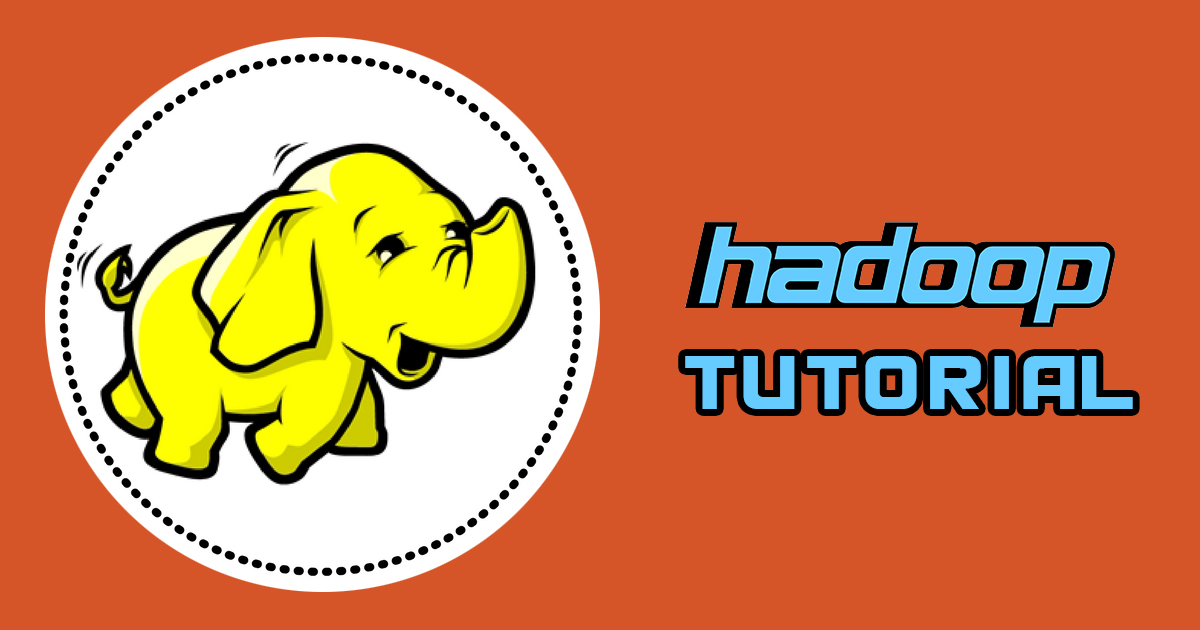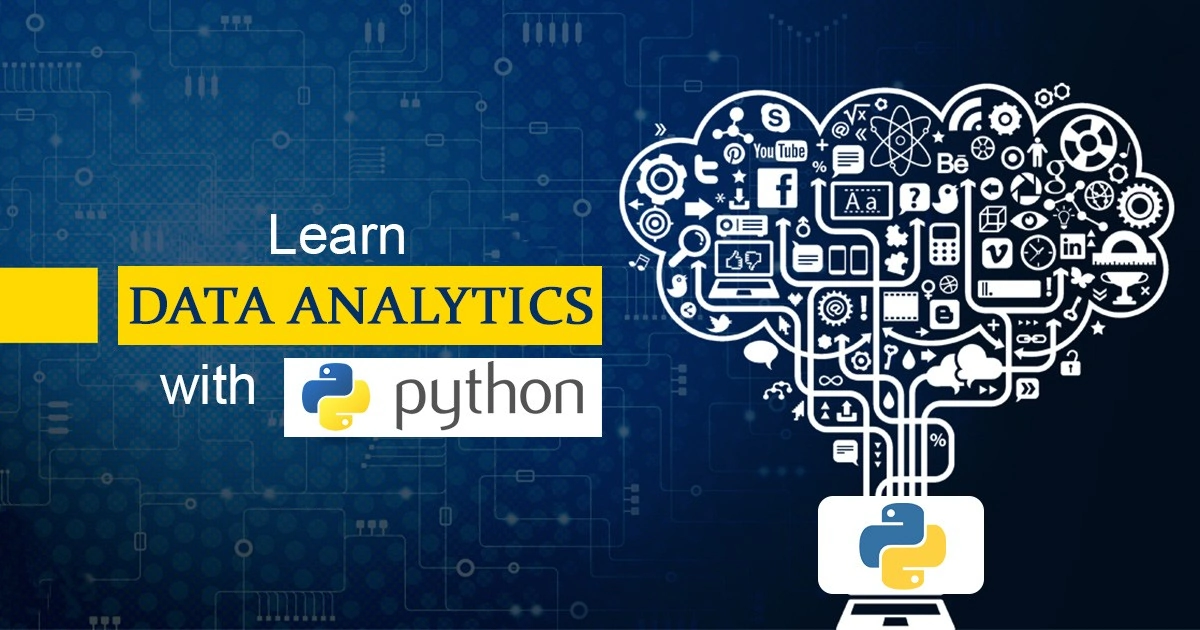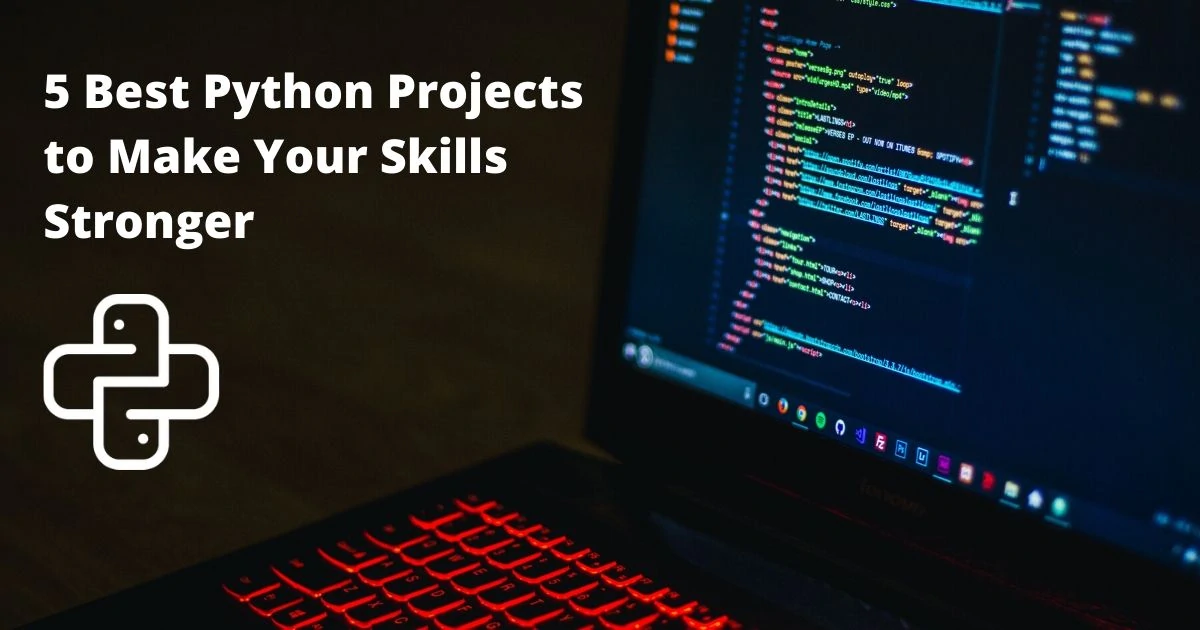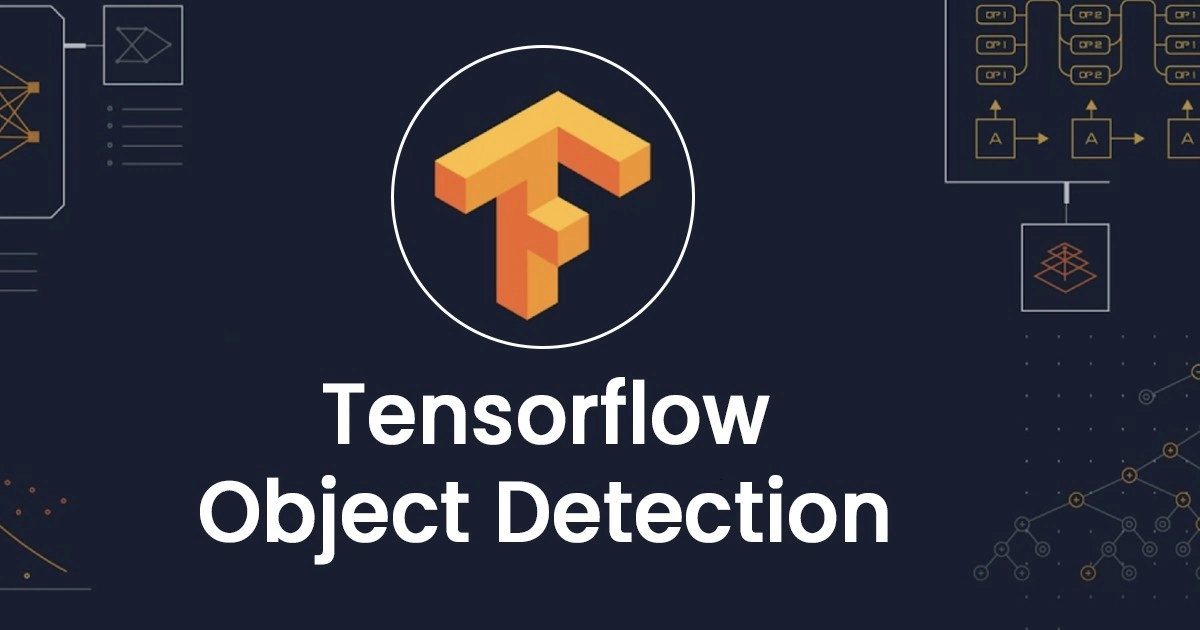It’s time to step into the real world, get a job, and pay those bills now that you’ve cleared up your final year exams. Creating a career in the IT industry is not an easy task, particularly when there are so many applicants in the big shot companies and only a few small vacancies. Yes, more skilled coding experts are needed in the IT sector, who are equipped not only with in-depth technical knowledge but also practical experience.
Python is a highly desirable industry skill. So, you’re already ahead of your peers if you’re well qualified in the subject. Python is an easy-to-use, but optimized programming language for high-end platforms. It is also an essential component of data science, database management, and machine learning.
Getting a job in such sectors is not an impossible task, though it is daunting. Even a novice can crack the toughest of interviews and bag a place in a reputable company with enough experience, perseverance, and trust. The first step is to apply to your workplace. The next step is to prepare for the interview when you receive a positive response from any agency.
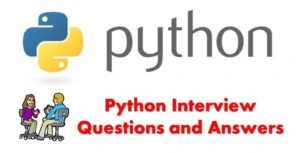
Interviews for Python developers don’t only test the candidate’s overall knowledge about the programming platform but also his understanding of the related subjects. The candidate should be able to solve issues in the interface, write clean code from scratch and develop advanced systems based on Python code.
Download Detailed Brochure and Get Complimentary access to Live Online Demo Class with Industry Expert.
Unlike other job interviews where the recruiter focuses on the interpersonal skills and industry knowledge of the applicant, the interview for a Python developer requires more than that. The candidate must be well versed in code, understand the latest IT trends and be flexible enough to constantly improve and upgrade his/her skills.
If you are a fresher looking for some advice on how to crack the Python interview, this is the perfect place for you. We will be answering all those doubts that you have about the kind of questions and tasks that await you at the interview. Read on to know all about acing the interview and standing out from other applicants to bag the job.
All about Python built-in functions and how to pick the right one
Python, a high-end programming language is equipped with one of the largest standard libraries. And although it is armed with an extensive range of features, it incorporates only a small library of integral functions, which are accessible from in-house resources and don’t have to be brought in externally.
It would be interesting and informative to explore all the different functionalities of this platform but for the sake of convenience, we will only be discussing a few noteworthy mentions. Without further ado, here are a few built-in functions worth understanding along with some alternatives as well that you can replace them with.
Here are some other facts about the platform that might interest you;
1. Python is an interpreted language. And unlike languages like C and its variations, Python does not need to be amassed before it is run. Other construed languages include PHP and Ruby.
2. Python is dynamically typed; it is not essential to state the types of variables when you declare them in the program. The coder can combine different data types as well without any error.
3. Python is optimised for object-oriented programming as it allows the user to define different classes along with composition and inheritance. Python does not have access specifiers like C++ ‘s public, private ones.
4. In Python, functions are first-class objects. These functions can be allocated to variables, returned from other functions and passed into functions. Classes are also first-class objects.
5. It is easy to write a Python code but compiling it is not. Running it is often slower than other compiled languages. Fortunately, Python permits the addition of C based extensions so tailbacks can be optimized. The NumPy package is a good example of this.
6. Python codes are applicable in several spheres – web applications, automation, scientific modeling, big data applications and many more. It’s also often used as “glue” code to get other languages and components to play nice.
7. Python is very user-friendly; this makes difficult things intuitive and readable so programmers can focus on superseding algorithms and structures rather than fundamental but low-level details.
The kind of question asked in the interview

Note that in this article we will not be discussing the generic questions of what exactly the Python programming is and how is it useful. The interviewer is already aware that you know all that, what the company wants to see is if the applicant is capable to answer the difficult questions. presented with coding problems and real-life scenarios, what is the candidate’s reaction?
We have narrowed down this questionnaire to but a few simple sections that deal with Piton features and its benefits over the standard functionalities that were there before. It also discusses the integrated operations offered by the platform and the reasons why it works so well.
Data structures and standard libraries are also touched upon here to prepare the candidate on what kind of questions can possibly be asked during the interview.
Using enumerate () Instead of range ()
This is the one set that is a favorite among recruiters interviewing candidates. This is because this functionality is one of the most useful and effective features. So, one should definitely expect a question from this in coding interviews. In most cases, you will be given a list of essentials that you’ll have to reiterate and calculate. The results will be computed over the list, providing the coder access to both the indices and the values.
Fizz buzz is one such important questions that are favored by most employers to check the competency of the candidate. In this question, the person is given a list of integers from which they have to replace the numbers with the word’s “fizz” “buzz” or “fizz buzz”. People usually solve the problem using the range operation. But you can even solve it with the enumerate function. the operational start parameter allows you to access all the elements, starting out with the first element on the index.
Replacing Map () and filter () with List Comprehension
One of the best things about Python is that supports comprehensive lists, a feature that allows the user to read elements faster. The earlier functions though user-friendly are difficult to compute and read. For while both these features return the same values, the results are displayed in a better interface. Also, the list comprehensions are a more viable alternative for beginners who are learning the ropes of programming and would appreciate a more flexible and intuitive functionality.
Using breakpoint () instead of print () for debugging
The print is a function used mostly by beginners who want to edit a small part of the coding to change the final printed result. And while this approach works well for small issues, it can get quite exhausting if you have to do it all the time. Plus, your code would look very complicated peppered with the print command every time you want to correct a problem.
When asked to solve an issue on Python, candidates should, therefore, resort to not these old and cumbersome ways, but the new and innovative operation called breakpoint. Breakpoint as a debugger works a lot faster in resolving these issues without changing the appearance of the code. Also, using the breakpoint function would be proof enough that you are well versed in even the advanced concepts of Python programming. In the Python 3.7 version, the breakpoint function is in-built into the system and can be invoked anywhere into the code.
Pd.B. is another debugger that developers can try. Other than that, there are other alternative debuggers as well, but the breakpoint is a popular choice for amateurs and professionals alike. Familiarise yourself with a few important debuggers as it can be asked in the interview.
Formatting with F strings
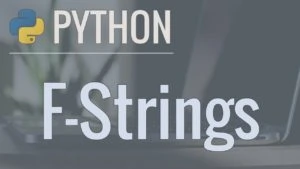
String formatting is a tricky concept that confuses even the well-trained professionals of the industry. It’s difficult to determine exactly were what element has to be placed to get the option results. Now there are two kinds of strings- a standard one and f-string function that can be invented in the program.
F string is a feature that comes integrated with the latest versions of Python, i.e., versions 3.5 and over.
f-strings back the system and allow it to use the string formatting mini-language for better efficiency. Also, the feature even supports a solid string interpolation function. These structures let you add variables or even effective Python expressions. Developers can now have their codes assessed at runtime before being added to the string
A downside to this is that if you’re trying to find the output of user-generated values, then it can pose sooner crucial security problems for the interface. Template strings are therefore seen as an overall better alternative.
Sort Complex Lists With sorted ()
Ample amount of coding interview questions involves some kind of sorting. now there are numerous effective ways you can sort items. It is a smart decision to pick the sorted function, except if the interviewer explicitly asks you to devise your own sorting algorithm,
As a developer, you’ve possibly seen the simplest sorting options or not. The function uses features of sorting, to arranger numbers or strings in ascending or descending order
It’s interesting to note the optional keyword argument key that allows you postulate a function that then be will be called on every section before sorting. Adding a function lets the user to customize the sorting rules. The lambda function is an alternative that returns each element’s age.
Influence Data Structures Successfully
Algorithms play an important role in coding interviews, but data structures are debatably even more significant. In a coding interrogating setting, choosing the accurate data structure can have a key influence on performance. Outside theoretical data structures, Python has controlled, and opportune functionality built into its average data structure applications as well.
Store Unique Values With Sets
You’ll often need to eliminate identical elements from a prevailing dataset. New developers will occasionally do so with lists, instead of using sets, which impose the exclusivity of all elements.
Save Memory With Generators
List comprehensions are fitting tools but can sometimes lead to pointless memory usage and wastage.
Imagine a scenario where the interviewer asks you to find the sum of the first 1000 perfect squares, starting with 1.
Now, when solving the question, the candidate can resort to the standard method that would bring the solution. The standard code can only help you so far, it is the appropriate answer for displaying the list of all perfect square numbers between 1 and 1,000,000 and sums the values. The trouble begins when the interviewer starts to increase the number of perfect squares.
At first, your function would produce all the right answers. But soon it starts decelerating to the point where ultimately the process crashes or takes forever to load properly. You can wonder why that’s so and it will be a perfectly acceptable doubt.
Let us look into the intricacies to understand what’s really happening, here shall we? For a computer, the list of 100 perfect squares is not a big deal. It will easily be able to calculate that amount in a matter of seconds. However, as the values increase, it reduces the memory of the system. 100 million or 1 billion is a lot of data and can easily overpower your computer’s accessible memory resources. That’s what’s happening here.
Thankfully, we have a simple trick up our sleeve that can solve the memory issue almost immediately. You just replace the brackets with parentheses
Exchanging brackets with parentheses changes your list comprehension into a generator expression. Generator expressions are better suited to retrieve data from a sequence, but you don’t need to access all of it at the same time.
In its place of generating a list, the generator expression returns a generator object. That object sees and analyses its task in the recent state and only computes the next value when it’s asked for.
So, when quantity repeats over the generator object by calling. __next__ () recurrently, the generator tracks what I equal and calculates I * I, increments I internally, and returns the value to sum. The plan lets generators accustom themselves with the system and can, therefore, be used on enormous data arrange nets because only one element exists in memory at a time.
Define Default Values in Dictionaries With. get () and. set default ()
One of the most common program design responsibilities is adding, adapting, or recovering an item that may or may not be in a dictionary. Python dictionaries have well-designed interfaces to make these tasks intuitive and easy.
Take Advantage of Python’s Standard Library

Python has incorporated a lot of features in its system that can be accessed easily. most of the functions are but an import statement away. And while that should give the coder some confidence, the fact that there is a standard library where one can turn for help is a reassuring fact. Knowing how to control the library can boost your coding interview skills considerable.
Now we cannot possibly talk about all the available items front e-library for that would make this guide extremely long and tedious. For the sake of our reader’s convenience, we promise to keep the next section sort and to the point. This section will emphasize on a limited subset of its utility functions. We sincerely hope that these points will be of any help to our readers. And that it doesn’t only aid you in the interview but also improve one’s understanding of the advanced functionality and other modules.
Handle Missing Dictionary Keys With collections. defaultdict ()
the. get () and. set default () functions work just fine when you’re setting a default for a single key. However, the process gets a tab bit nor complex when we try to get a value for all possible unset keys. The interviewer can ask the candidate to figure out the value of a large number of sets. It can get very embarrassing for the applicant to fail Infront of the recruiter. And not to mention, it also ruins your chances of getting hired for the company.
To solve this, we suggest generating a default set that takes the list () constructor with no arguments as a default factory method. list () with no arguments returns an empty list, so defaulted calls list () if the name doesn’t exist and then allows the grade to be attached. For people who want to take it a notch higher can pair this with the lambda function as your factory value to return a subjective constant value.
Integrating a defaulted can lead to a cleaner, clutter-free application code. This is because you are not burdened with the default values at the key level. Instead, you can handle them once at the defaultdict level and afterward act as if the key is always present.
Count Hashable Objects With collections. Counter
Imagine a case wherein the interview the candidate is given a long string of words with no punctuation or capital letters and then asked to calculate and count how many times each word appears. The best way to solve this is to use a dictionary or defaulted and increment the counts, but collections. Counter provides a simpler and more suitable way to do exactly that.
Access Common String Groups With string Constants
In the interview, the candidate is not only asked the advanced questions but also some trick questions. for instance, one can be asked if the small letter a is greater than or smaller than the capital A. Now, this can sound like an absurd problem in the beginning, but a closer analysis reveals otherwise. The ASCII code for A is 65, but a is 97, and 65 is not greater than 97, so automatically a>A, right?
But it is not eased to remember all this information when the candidate is under the pressure of acing the interview and impressing the recruiters. Inspection of the ASCII code is a tedious task that takes a lot of time because there are so many values to examine. An easier alternative to this problem would be to use the constants defined as part of the string module.
All string constants are just strings of frequently referenced string values. They include the following:
- string. ascii_letters
- string. ascii_uppercase
- string. ascii_lowercase
- string. digits
- string. hexdigits
- string. octdigits
- string. punctuation
- string. printable
- string. whitespace
These are quicker to use, clutter-free and readable, making it an accessible option for beginners and students of Python programming.
Generate Permutations and Combinations With Intercools
When preparing for an interview, it is important that the candidate is not only well versed in the various technical points of programming but also the practical aspects of it. Interviewers often ask real-life problems to the applicant to test their presence of mind, problem-solving skills and wit. Realistic problems require some quick thinking on the part of the candidate. But a quick and smart analysis can make the entire ordeal quite ease for you.
Recruiters include real-life scenarios and case studies in the interview so as to make the conversation interesting and not intimidate the candidate with only hardcore stations. These questions can range from scenarios as simple as sharing a meal with friends to something serious as tackling a crisis in the company.
The trick is to always be alert and prepared for whatever that comes your way. Tackle serious issues and insignificant problems with equal ease and expertise. There is always some feature or operation to battle out every problem. There is always a solution for every issue, oftentimes hidden behind the problem at hand itself.
Also, remember, for these questions, there is no one correct answer. These issues can be solved in several ways, the interviewer wants to see if your method is ingenious or not. For instance, if asked to determine all the possible pairs that a group of 4 people can from when sitting in a roller coaster ride in the park, will have octuple answers.
The answer can be calculated in so many different ways, it is how you choose to deal with it that makes all the difference. the candidate can take the long way out of using complex algorithms filled with nested loops or pick among one of the fronts of the powerful tool be intercool library.
Intercoolers have multiple tools for producing alterable sequences of input data, but right now we’ll just focus on two common functions: itertools. permutations () and itertools. combinations ().
itertools. permutations () figures out a list of all variations. It generates a list of every conceivable group of input values complete with a length matching the count parameter. The rkeyword argument allows us to stipulate how many values go in each group.
itertools. combinations () as the name suggests, works towards building combinations. It also divides the values into probable groping’s, but the order of the values and the data arrangement doesn’t really make much of a difference. It also designs the possible groupings of the input values, clubbing all the values together unlike the other function where the primary concern was to keep the values in an orderly fashion.
Important stations to ask the interviewer
In an interview, it is not only the recruiter who gets to ask all the questions. As a candidate, you also have the right to ask some questions to clarify the doubts that you might have in fact, the employer almost expects the candidate to have some questions of his own at the end of the interview.
We know that we couldn’t complete all the possible workspace cultures and issues that you will be facing after joining the organization. There is also a training program for applicants, offered to those whom the company feels would benefit from the extra help.
Without further ado, here are some essential questions that the applicant enquires about.
1. Ask about the industry or the sector that you will be working in.
2. Ask about the latest trends followed in the content and its rank in the market.
3. Clarify all the concerns about your responsibilities in the workspace.
4. Be absolutely sure of the expectations of the company.
5. Enquire about the work pressure and the antiacne of the office.
6. Ask about the other perks and facilities provided on the office campus.
7. Last but not least, inquire about the pay scale and expected salary as well.
The Bottom Lines
Simple knowing all at the basic features of Python programming is not enough to get you a job, especially when there are people who are better qualified to apply for the same position. we hope that these stations and information that we’ve covered would be helpful in guiding aspiring data scientists and coders to carve a space for themselves in the industry.
Interviewing may not be the best estimate of the real software development caliber. But it’s better that one knows of the industry standards ad is aware of the company’s expectation. It doesn’t matter if you succeed or not, it is the experience that counts. in any programming setting, even interviews, the coder must always be collected, practical and efficient in solving the problem at hand. Fortunately, knowledge of Python during coding interviews can help you comprehend the language more in-depth way.
Final Thoughts
Python is the leading language of the data science industry. By taking a Python Programming course, you’re going to pave a way for far greater career opportunities than you ever had.











